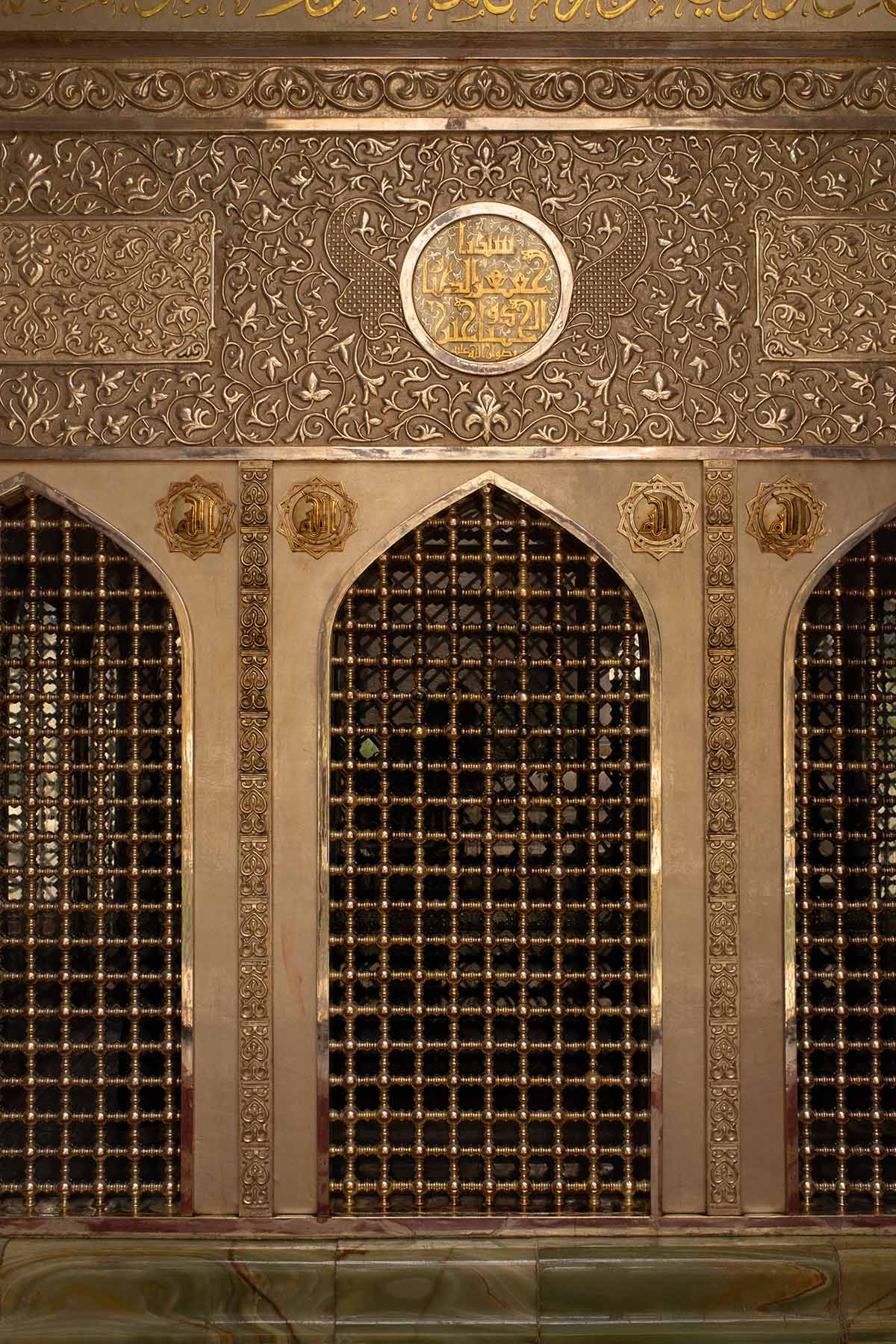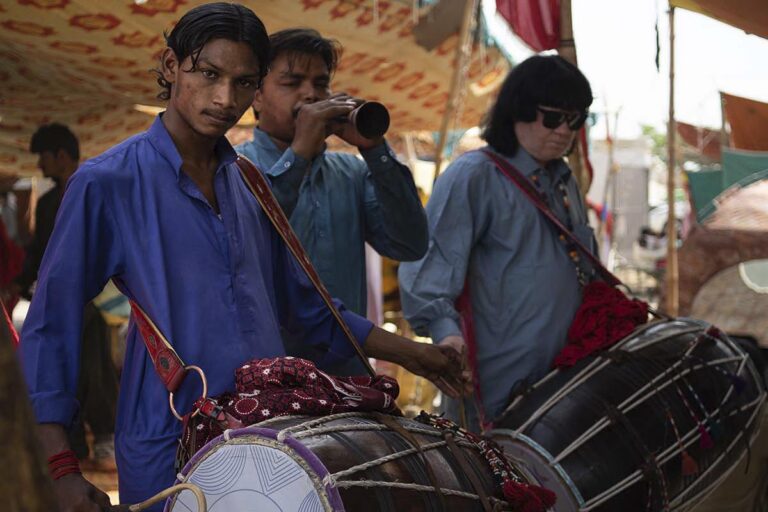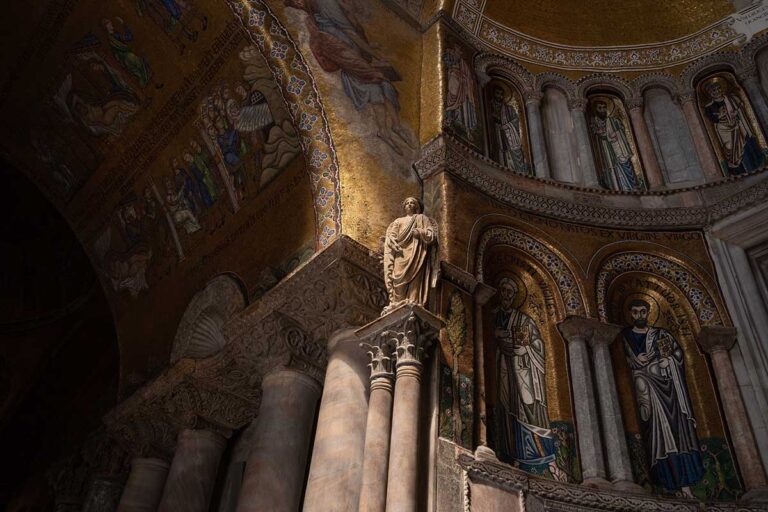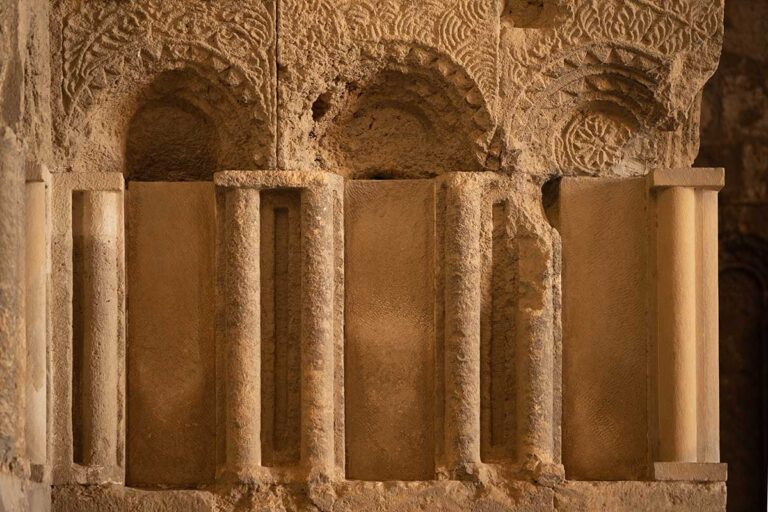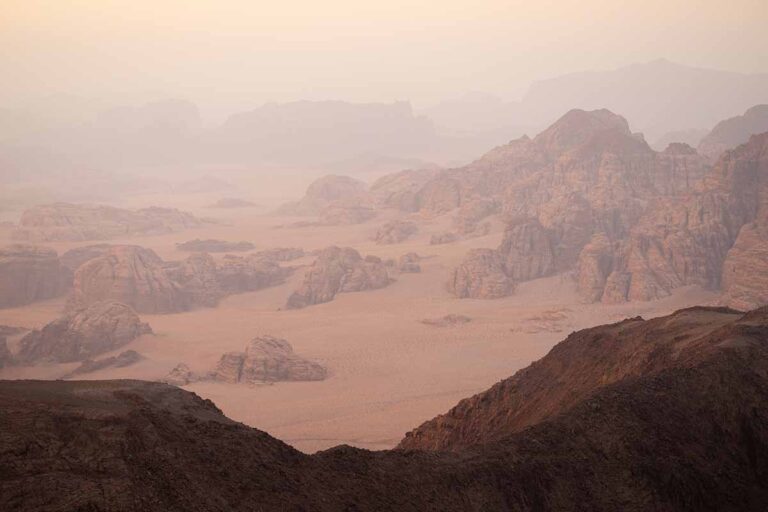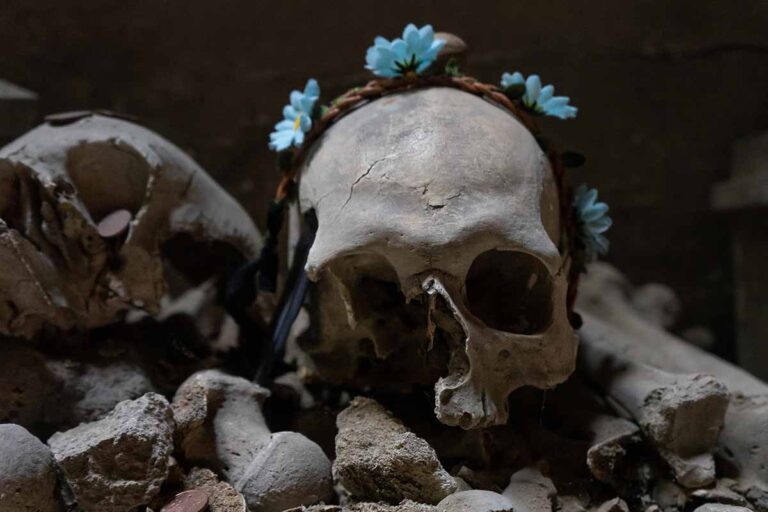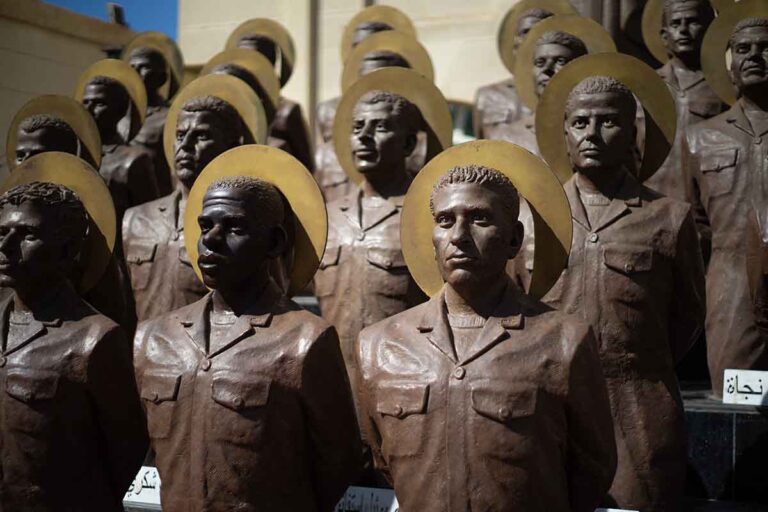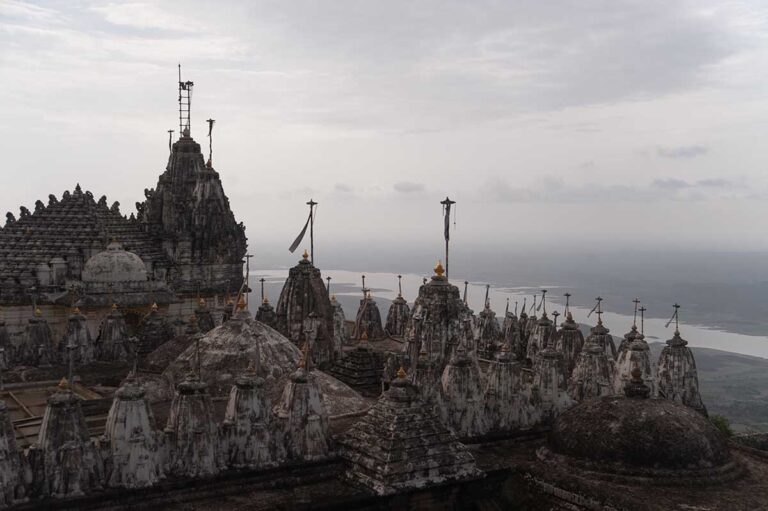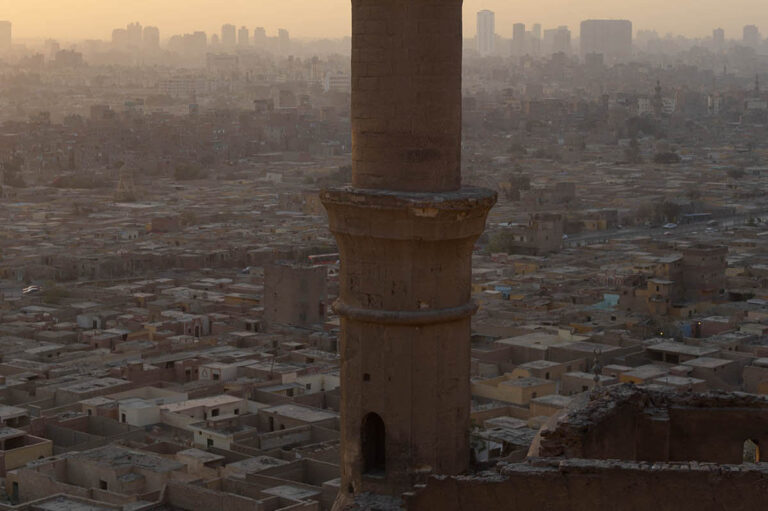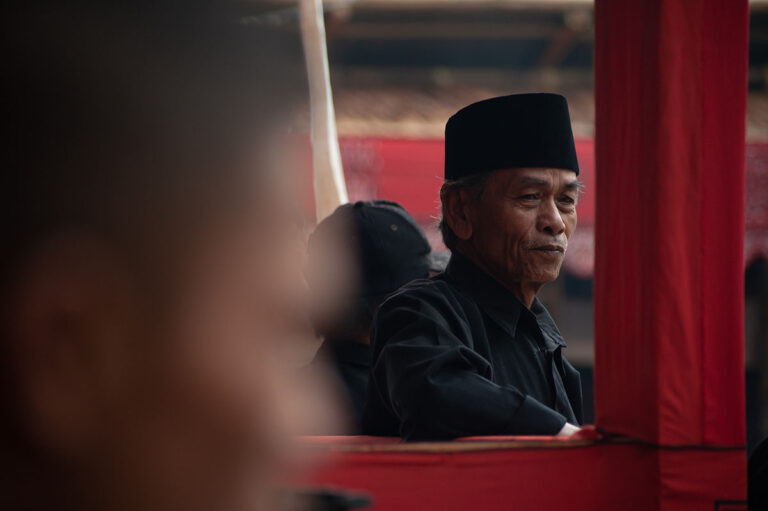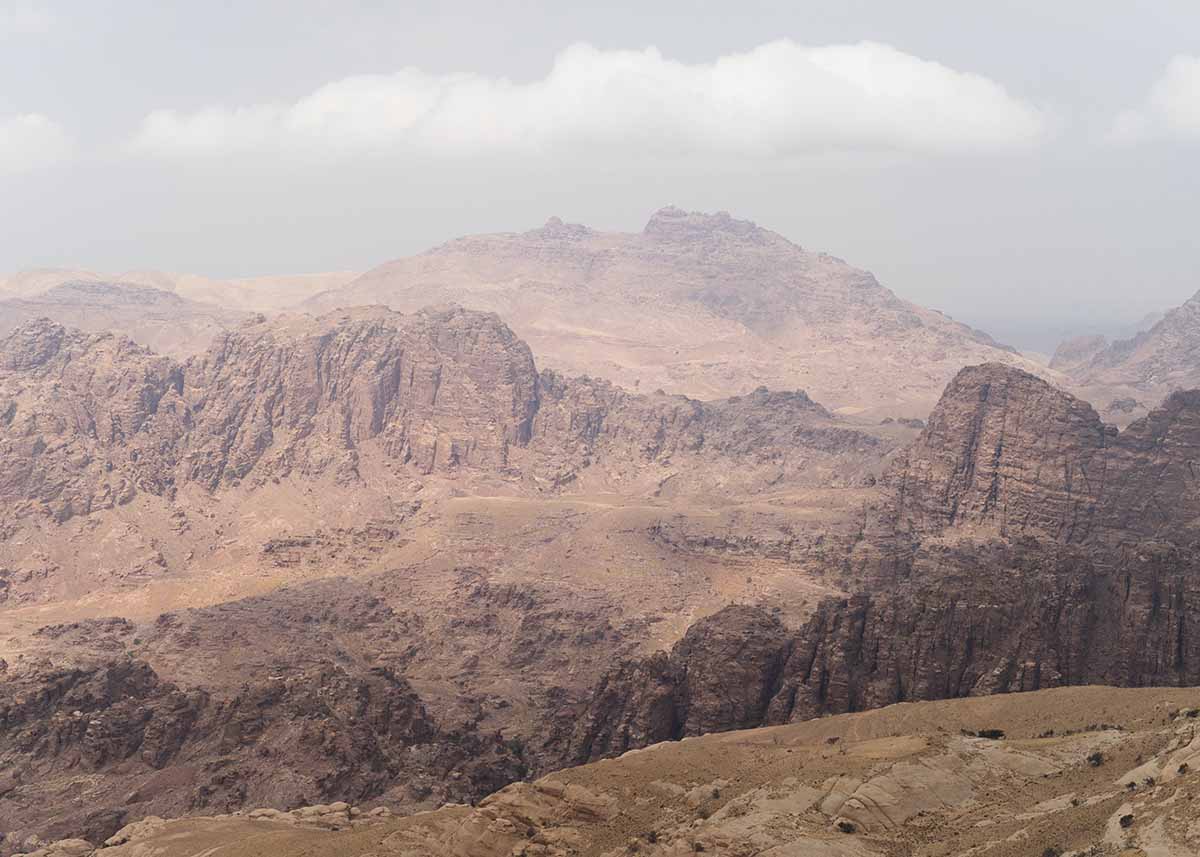
A shorter version of this post is featured in the Lonely Planet Jordan (2024).
In staking out a place in the ascendant trend of ‘spiritual tourism,’ Jordan has it rough. It’s a definite underdog in a region hemmed in on all sides by some of the holiest sites on earth. Still, however undersung, Jordan has its own respectable trove of pilgrimage places for the Abrahamic trio, the so-called ahl al-kitab (‘People of the Book’), linking as it does the Red Sea to Dead Sea and Jerusalem (Al Quds) to the Hejaz. The ancient landscape of Jordan is an intrinsic part of the Biblical ‘Holy Land,’ a part of the Quran’s ‘blessed neighbourhood’ Quran. Its sacred landmarks flag the footfall of the most eminent names in all of scripture, among them Job, Moses, Aaron, Joshua, Elijah, John the Baptist, Jesus and Muhammad.
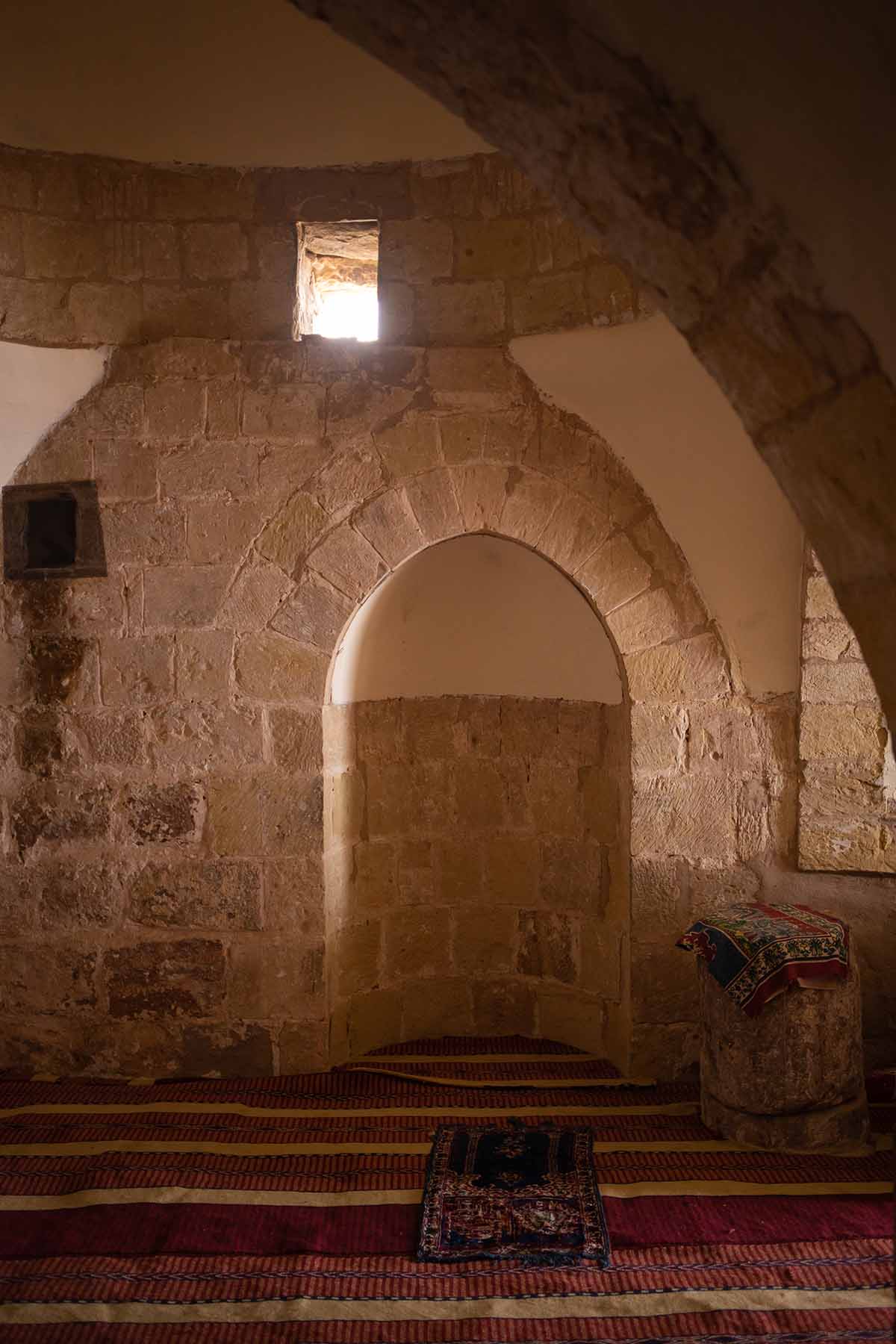
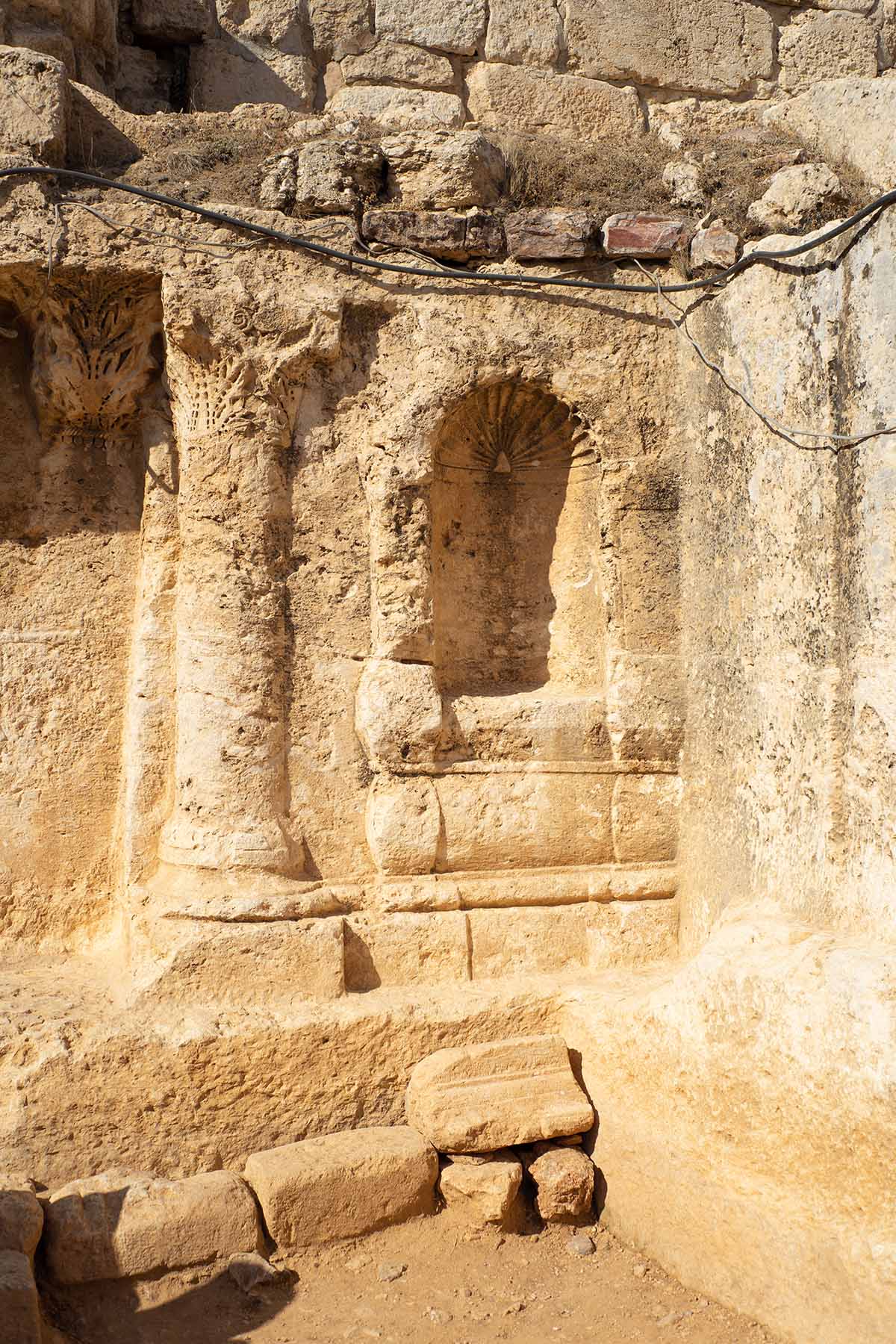
Old Testament Sites
It’s roughly along Jordan’s King’s Highway that Moses and Aaron are believed to have wandered north, and from ancient Moab that Joshua launched his conquest into Canaan.
The Tomb of Aaron
A rival Muslim tradition places the tomb of Aaron, Moses’ brother, in Egypt’s Sinai, but it’s Jordan’s shrine that is far better known, just a few hours’ trek south of Petra. Its whitewashed dome is easily spotted for miles in all directions, capping the summit of Mount Hor (Jebel Haroun). From Petra’s Al Deir (The Monastery), it’s a particularly impressive sight. It sees only a trickle of pilgrims, but they hail from all three Abrahamic faiths. While headed up myself (on October 5th, 2023), I bumped into a pair of Hasidic Jews hurrying down the mountain.
BIBLICAL REFERENCE: NUMBERS 20:23–28
Moses’ Spring
Two Jordanian sites, ‘Ain Musa (near Wadi Musa) and ‘Ayoun Musa (near Mt. Nebo) are linked to the story of Moses smiting the rock in order to bring forth gushing water. Far more frequented is the site near Wadi Musa, marked with a domed shrine sheltering a pair of pools.
BIBLICAL REFERENCE: NUMBERS 20:11
Mount Nebo
Panoramic point from which Moses is said to have glimpsed the Promised Land before his death. For most non-Protestant Christians, it’s also where Jeremiah hid the Ark of the Covenant (2 Maccabees 2:4–7). The nearby memorial church was erected over a 6th-century basilica.
BIBLICAL REFERENCE: DEUTERONOMY 32:49–52, 34:1–6
Lot’s Cave
Just east of the Dead Sea Highway (near ancient Zoar), this is believed to be the spot where the prophet laid with his daughters after his wife was turned to salt. The monastery complex that sprouted here was marked on the Madaba map (more below).
BIBLICAL REFERENCE: GENESIS 19:30
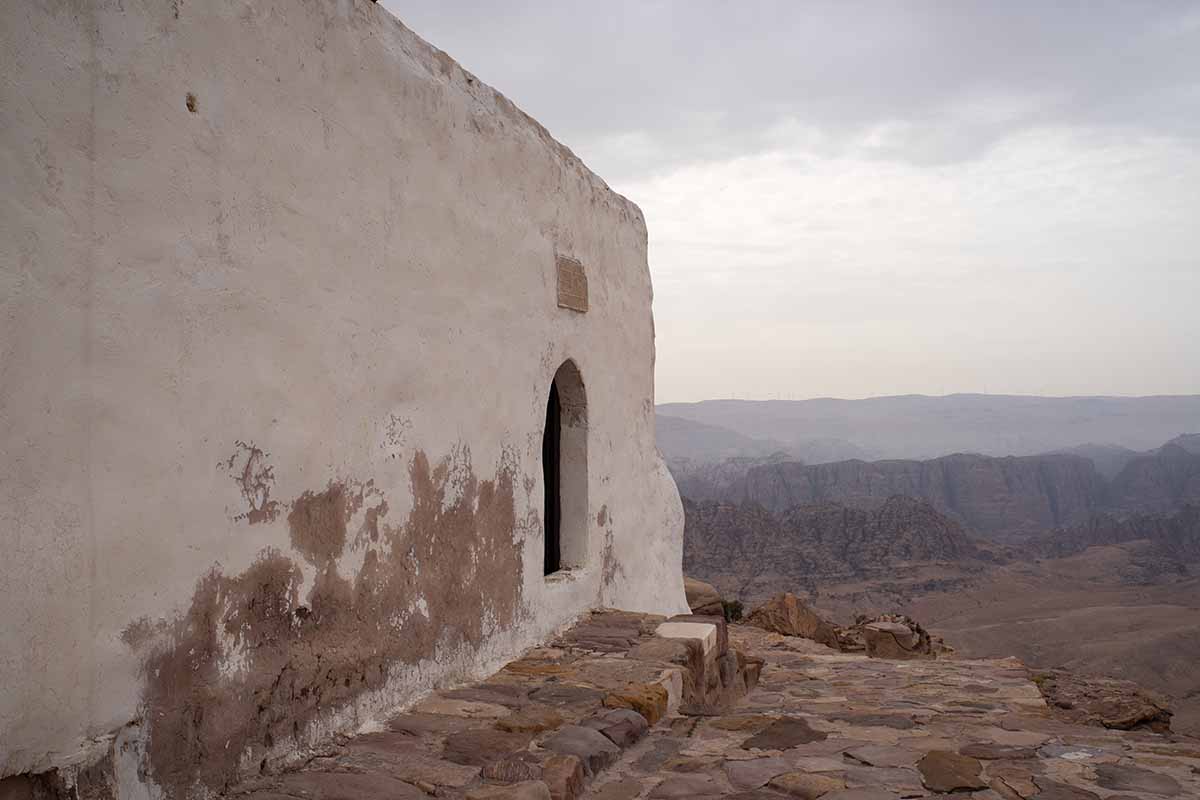
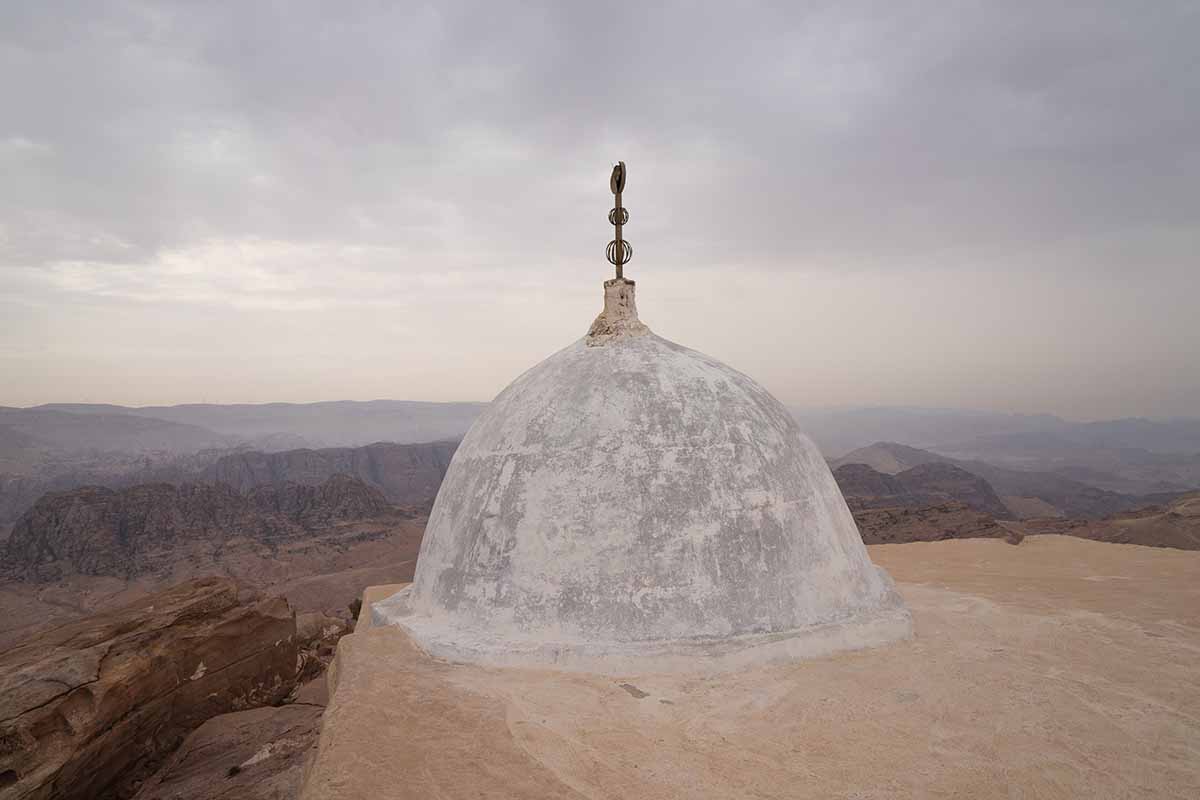
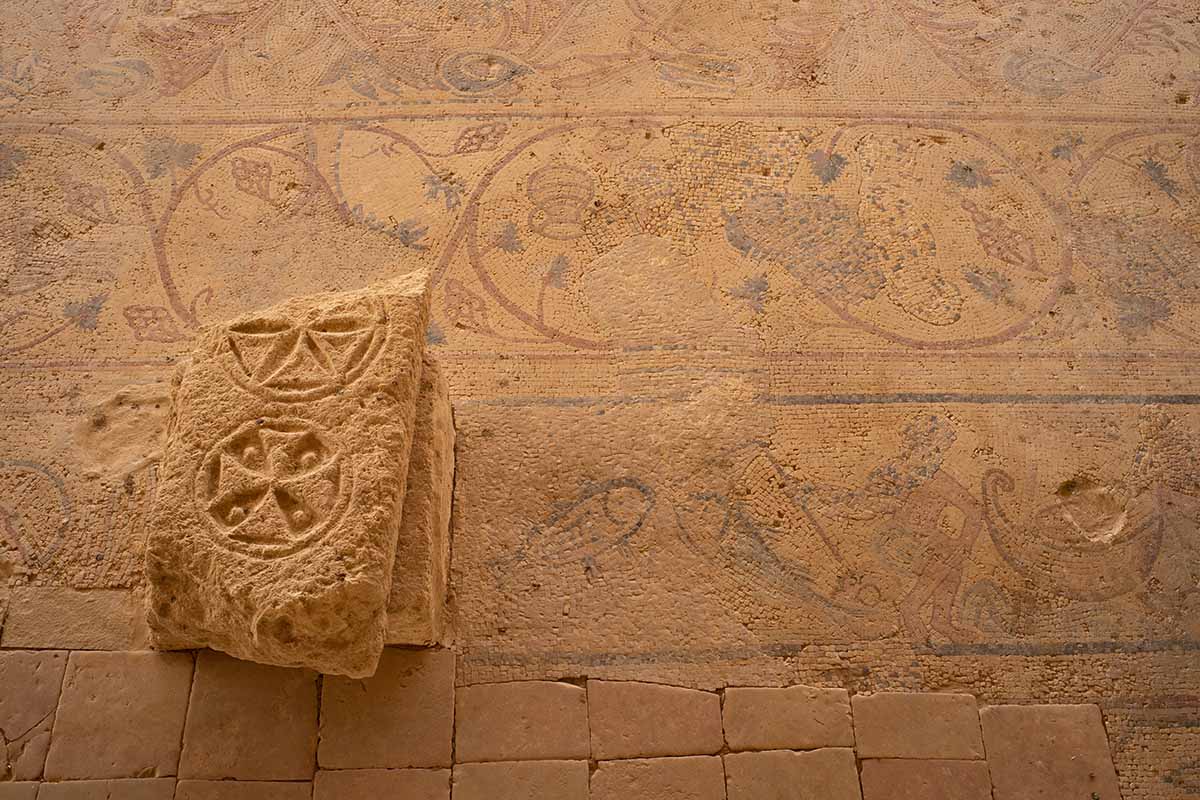
New Testament Sites
Jordan’s tiny Christian population (barely over 2 percent) belies an enviable wealth of Christian heritage sites. Most notably, Jesus’ disciples recorded his baptism in the waters of the River Jordan.
Bethany Beyond the Jordan
This UNESCO-listed site is Jordan’s most hallowed for many Christians, marking where Jesus is believed to have been baptized at the hand of his cousin, John the Baptist. It’s also claimed as the spot where Elijah ‘went up by a whirlwind into heaven’ after parting the river’s waters (2 Kings 2:1–11).
BIBLICAL REFERENCE: MATTHEW 3:13–17
Umm Qais
Known anciently as Gadara, this archaeological gem is linked to the story of Jesus casting devils into swine. Its extensive, layered ruins straddle a ridge offering distant glimpses of Tiberias (the Sea of Galilee).
BIBLICAL REFERENCES: MARK 5:1-16; LUKE 8:26–39
Machaerus
Hilltop Machaerus, the ruined Castle of Herod Antipas, near the village of Mukawir, is named by Josephus as the site of John the Baptist’s beheading, ordered by Herod after the petitioning (and birthday dance performance) of his niece Salome.
BIBLICAL REFERENCE: MATTHEW 14:3–12
Madaba
Mentioned in the Old Testament (Numbers 21:30), this bastion of Christianity is famed for its Byzantine heritage. Most notable is the Church of Saint George, housing an incredible, 6th-century mosaic map of the Holy Land. Other historic churches here include the Church of the Beheading of John the Baptist and the Church of the Apostles.
Umm ar-Rasas
Between the King’s and Desert Highways, this wide stretch of ruins has been linked to the Old Testament town of Mephaath (Jeremiah 48:21). Of the 16 or so churches built here in the centuries before and just after the Arab conquest, the Church of Saint Stephen is the most impressive, its vast mosaic floor, only unearthed in the 1980s, depicting over a dozen cities of the day. There’s also an still-intact stylite tower once used to hide away monks.
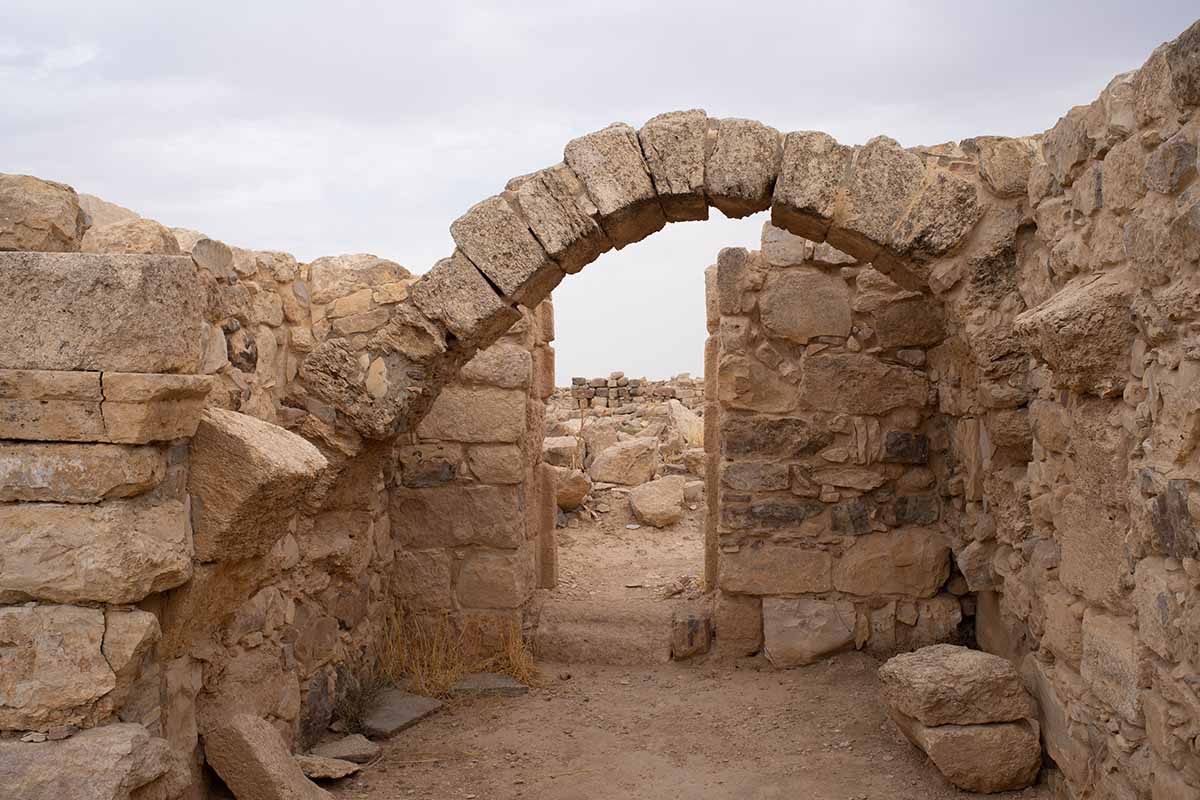
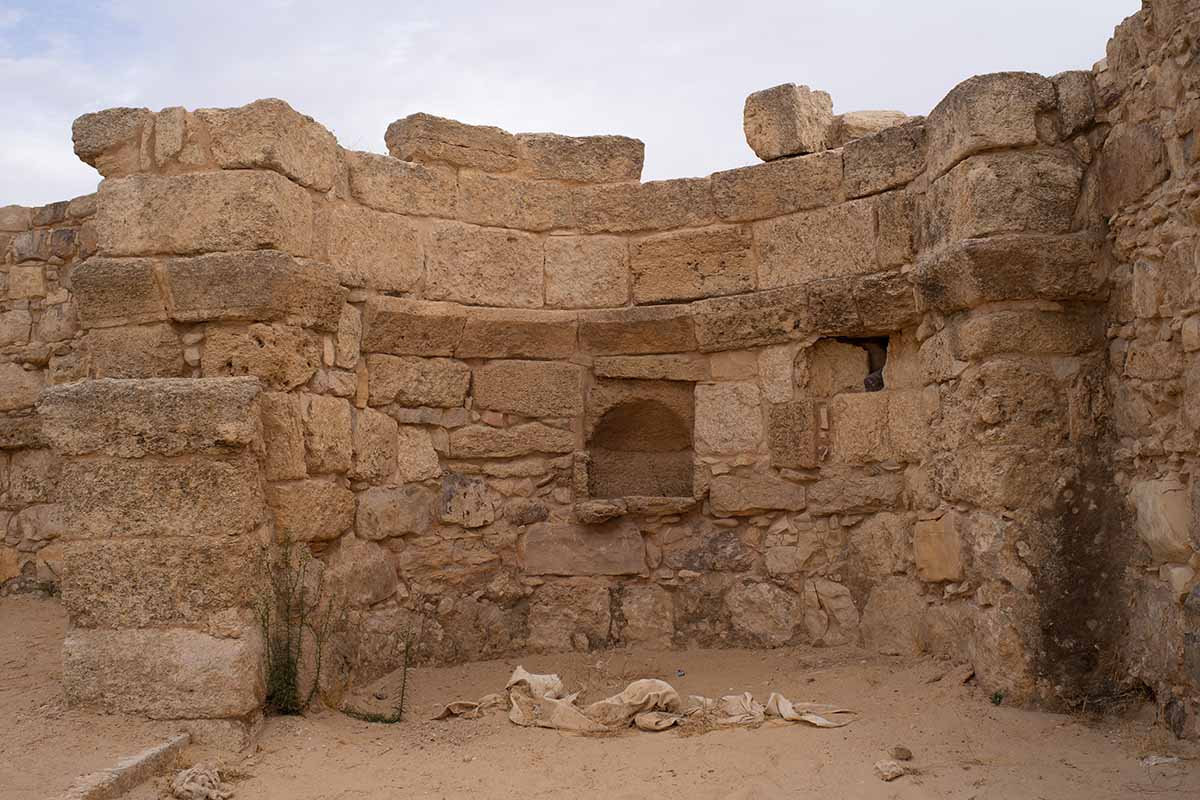
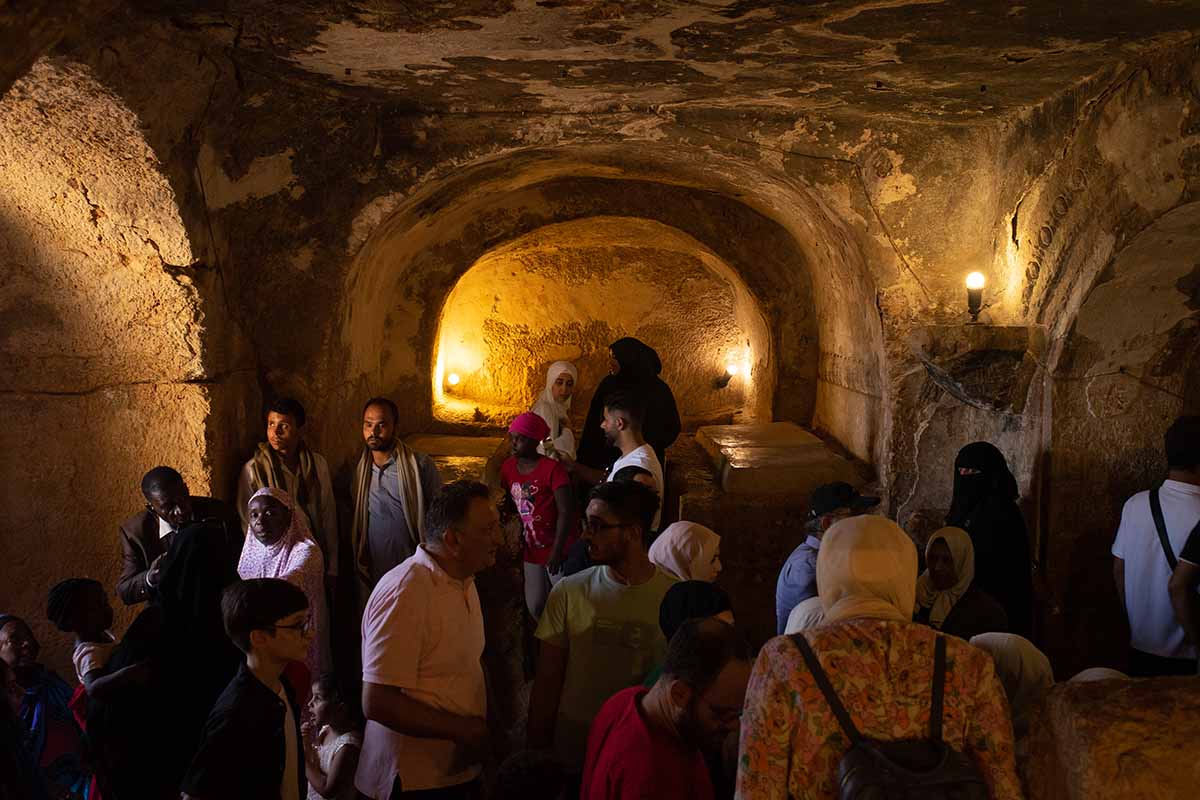

Islamic Sites
In addition to sharing reverence for Biblical sites, Muslims – the vast bulk of Jordan’s remaining 98 percent – enjoy dozens more places of pilgrimage, with new ones popping up here and there. It was here that Islam first exploded beyond Arabia to crush the Byzantine armies. There are over a hundred maqamat (shrines) of Muslim figures, from tiny, cubic blocks to sprawling, mosque-mausoleum complexes. Counted among Jordan’s illustrious passers-through is the Prophet Muhammad himself, not least on his celebrated ‘Night Journey.’
Cave of the Seven Sleepers
On the outskirts of Amman, this is one of several contenders for the site of a miraculous 300-year sleep. The sleepers happily awoke to find they’d (far) outlasted the age of Roman persecution. The old Christian folktale is reappraised in the Quran’s account, which places a guard dog outside the cave, on watch for the entire sleep’s duration.
QURANIC REFERENCE: 18:9–25
Tomb of Hud
This small maqam near Jerash honours the Prophet Hud, described in the Quran as having warned the ancient Arabian tribe of ‘Ad (which certain scholars have linked to Wadi Rum). He is said to have prayed in a cave beside the site’s newly built mosque.
QURANIC REFERENCE: 11:50–60
Tomb of Nuh (Noah):
Many Muslims place the Prophet of the Flood’s tomb near Karak, a tradition noted by Arab historian Ibn Kathir in the 14th century. The small shrine here was first built in the Mamluk era.
QURANIC REFERENCES: 7:59–61, 71:1–28
Prophetic Tombs of As Salt
A number of important maqamat are sprinkled around the town of As Salt, venerating, among others, Yusha‘ (Joshua) and Ayoub (Job). About 15km south of town are the popular tombs of Shu‘ayb (sometimes identified as Jethro, Moses’ father-in-law), doubly revered in the Druze tradition and the enigmatic, immortal prophet Al Khadr. Associated with Saint George, the latter complex sees Muslim and Christian pilgrims.
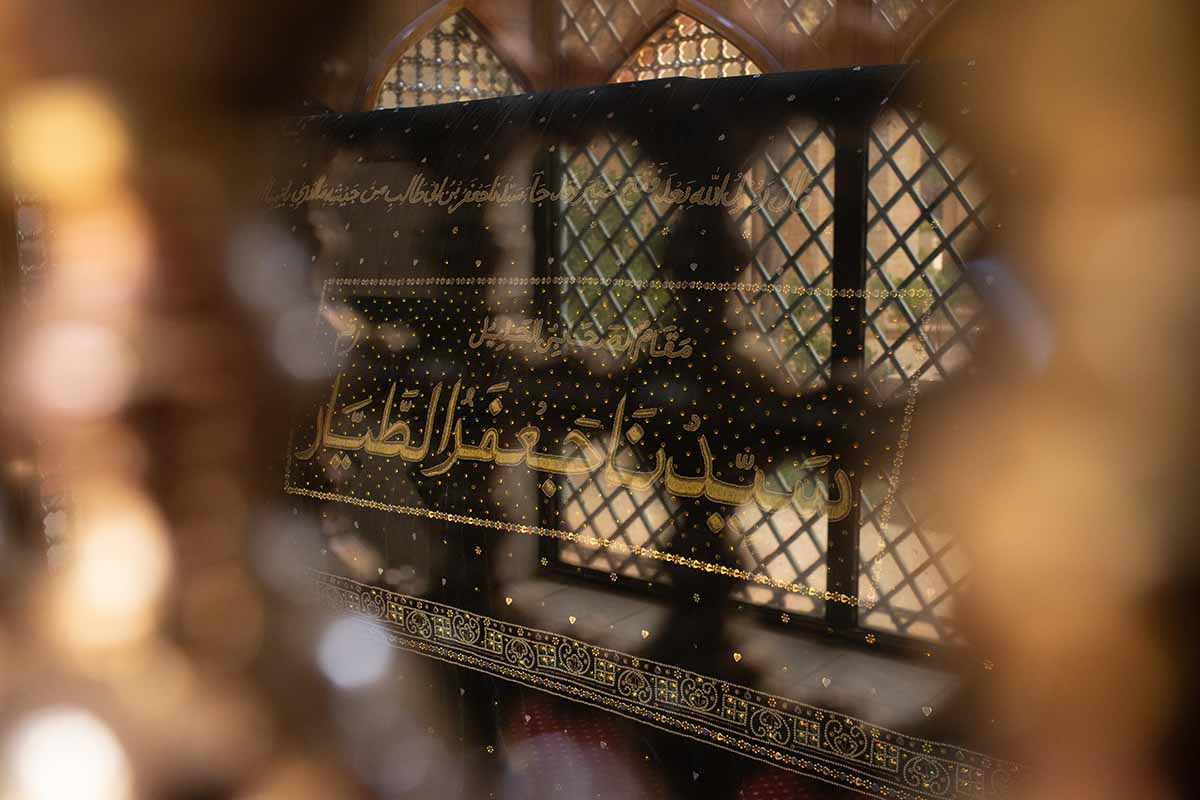
Tombs of the Companions of the Prophets
The town of Mazar is held as site of the momentous Battle of Mutʻa, an early Muslim victory in which several Companions of the Prophet fell as ‘martyrs’ in their northward expansion. They’re now venerated here in an attractive, spacious compound where a guard will happily show you around: Jaʻfar bin Abi Talib (‘the Winged One’), cousin of the Prophet; Zayd ibn Al Haritha, the Prophet’s adopted son (mentioned in Quran 33:37); and the pious ʻAbdallah bin Rawahah. Companions are also linked to maqamat in Tafilah and the Jordan Valley, among the most prominent of these Abu ʻUbaidah ibn Al Jarrah, a military commander named by the Prophet as ameen (‘Trusted One’).
Blessed Tree of Buqiyawiyya
Deep in the Eastern Desert, off the highway around 30km north of Al Azraq, this patch of blessed shade is revered as a pit-stop for the Prophet Muhammad in caravan with his uncle between Mecca and Damascus. The story traces to oral traditions collected long after the Prophet’s death, while the holy site itself has only been promoted as such in recent decades. A rival reading would place the tree (more reasonably) near Umm ar-Rasas. While this one is way out in the middle of nowhere, it isn’t quite alone anymore, ringed today with a protective fence beside a high-walled compound, dampening the effect. Still, after the long, lonely approach through the Badia, even I had to agree that there was something blessed about sitting in the shade of this giant pistachio tree, white butterflies flitting between its branches, whether it’s actually fifteen centuries old or (more probably) just five.
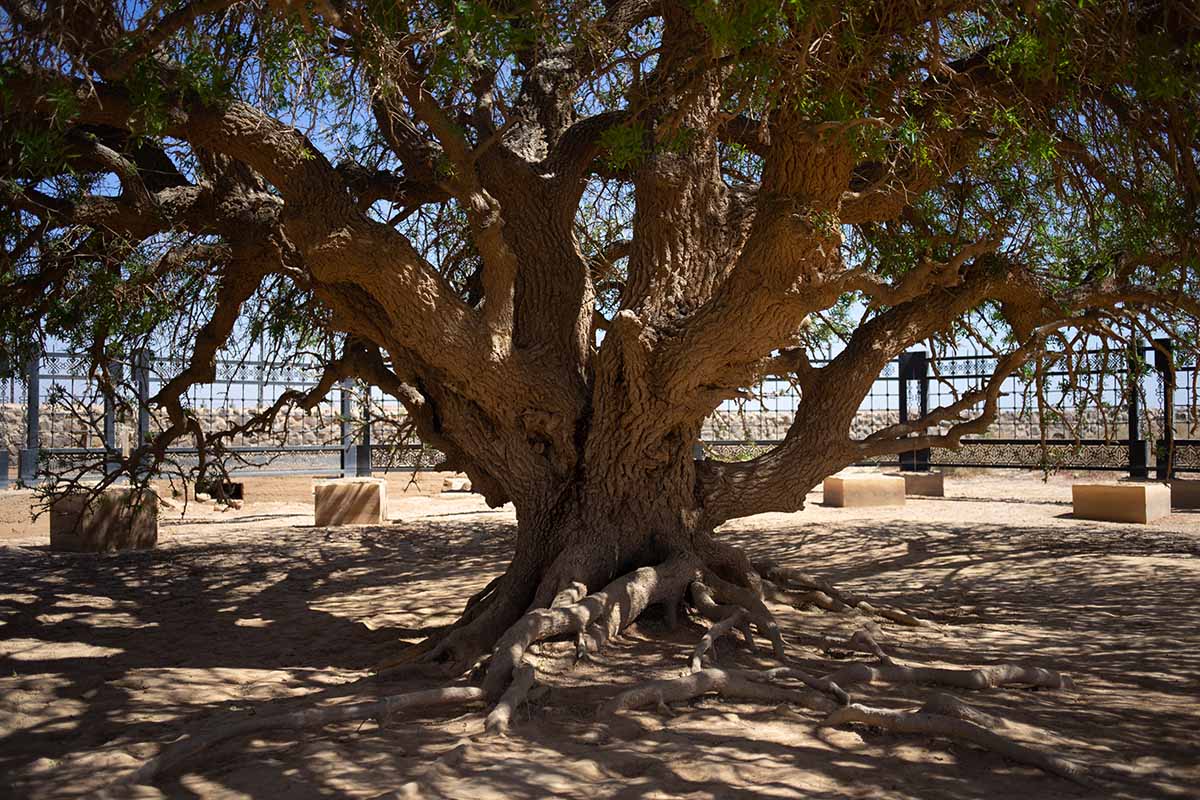
Sites Contested
‘We don’t believe in this in Jordan,’ my Uber driver explained as we neared the Seven Sleepers’ Tomb. ‘We don’t worship stones or idols–no, the Ka’aba–’ he seemed to expect an objection, ‘is not an idol. It’s the place that’s sacred; not the stones.’
As is the case most anywhere, pilgrimage points in Jordan are points of theological debate. Citing the traditionally held sayings of the Prophet, many would dismiss such worship at any such sites as un-Islamic. Still, this tradition in Islam is a long one and, according to other Muslims, entirely backed up by the Quran.
Of course, they’re also points of historical debate. Verification of a site in factual terms is more than elusive, often roughly as doubtful as the events to which they’re linked. For a great many pilgrims and would-be pilgrims, such concerns are as much a waste of time as they are for the disinterested skeptic. More than any tenuous historical or theological claim, it’s the pilgrims’ devotion that at the end of the day lends these sites their power.
